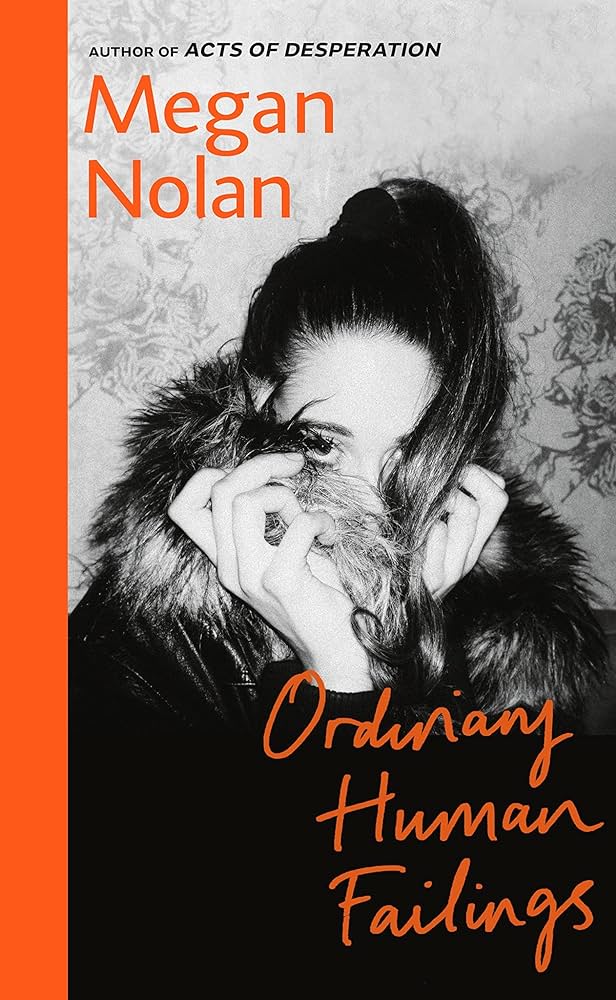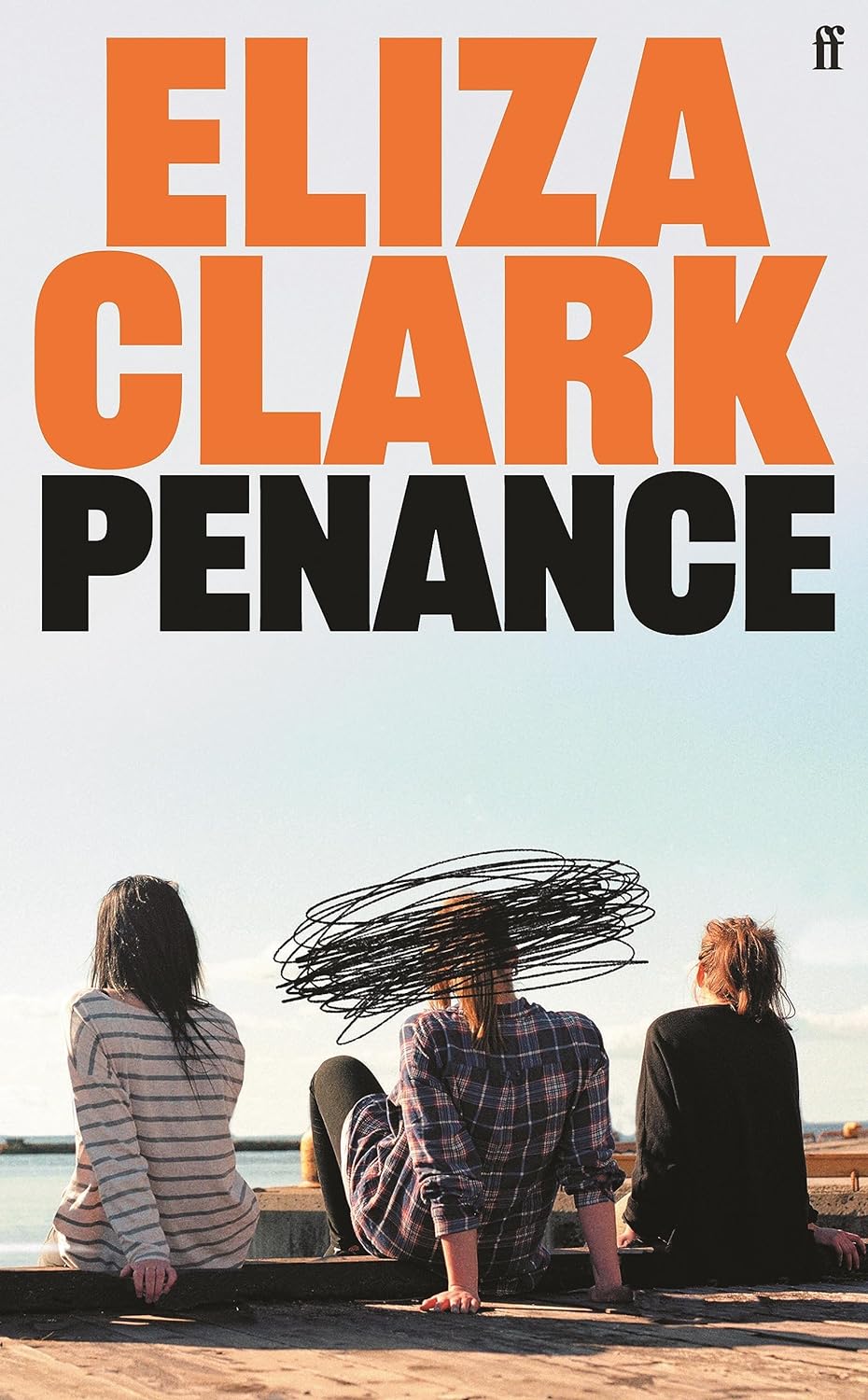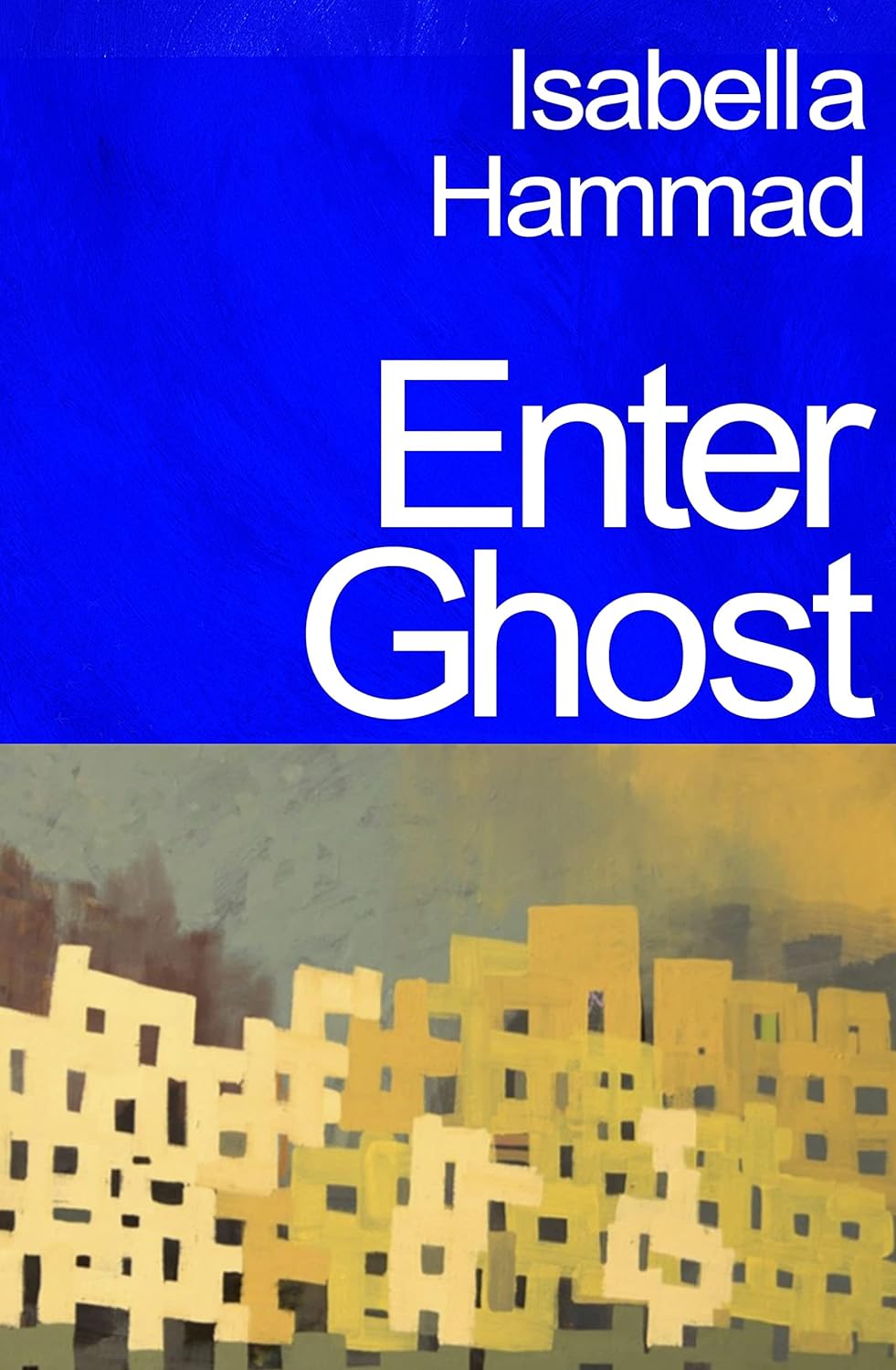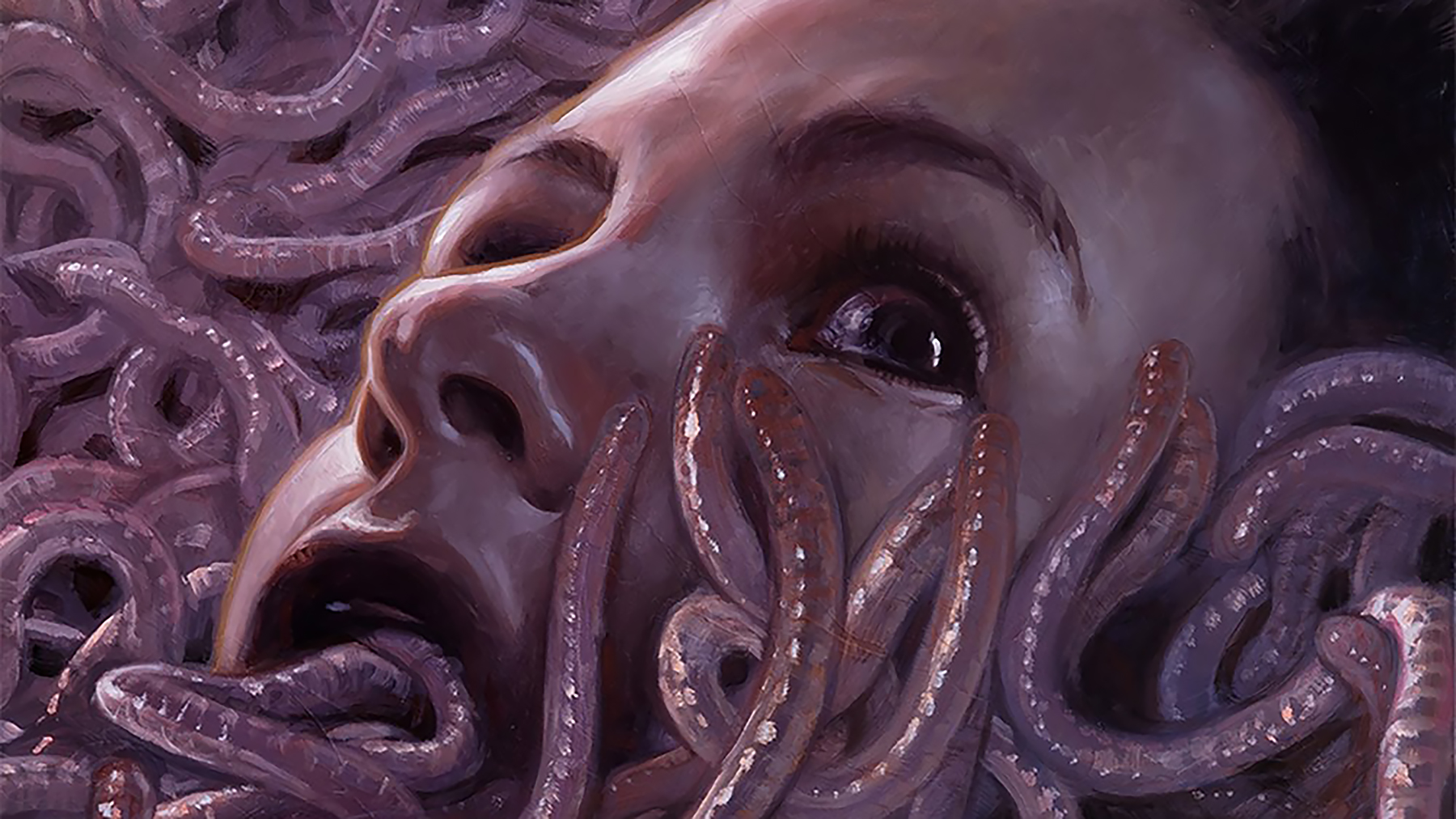The year in literature: 2023 was the year of the difficult second novel
The best novel of the twenty-first century, Ben Lerner’s 10:04 (2014), opens with a scene depicting the start of its own writing process. Its protagonist, also called Ben, celebrates selling an unnamed novel which sounds a lot like 10:04, joining his agent for an ‘outrageously expensive celebratory meal in Chelsea that included baby octopuses the chef had literally massaged to death’. Soon after the success of Ben’s first novel (which is also reminiscent of Lerner’s own first book) he had written another proposal, sold it for a six-figure advance, and before you know it, he’s ‘eating cephalopods in what would become the opening scene’ of the second book. Because 10:04 is (among many other things) a novel about itself, it is also a novel about second novels, specifically the strange experience of writing one after a runaway debut success.
Unlike other numeric adjectives, the word ‘second’ doesn’t derive from the corresponding cardinal number, but from the verb sequi, meaning ‘to follow’, suggesting its status need always be in relation to what came before. The difficult second novel, like the sophomore album, seems to have a special status deriving from its distinct quality of second-ness, always negotiating with its predecessor. This year we had second books from the set of young, female, Irish authors who are sometimes grouped together under a post-Sally Rooney umbrella: Naoise Dolan, Nicole Flattery and Megan Nolan. Both of Dolan’s novels are sharp, contemporary social comedies, while Flattery has graduated from a collection of short stories to a novel about a typist in Andy Warhol’s studio, and Nolan from a tale of an abusive relationship to a historical novel about an Irish family in 1990s London. They loosely share a set of thematic interests, notably in the emotional lives of disaffected, disillusioned young people, which also lend themselves to a kindred style: naturalistic psychological realism and cool, affectless prose. It’s no disservice to these writers to detect a generational effect at work here, the cumulative impact of trend-driven publishing with its rhythm of breakouts and follow-ups. But there were also very different second novels out this year, by A. K. Blakemore, Eliza Clark, Isabella Hammad, Alison Rumfitt and Brandon Taylor. This is mostly a coincidence, but one that nevertheless invites a question: if each year leaves its own literary tree rings, what lessons might this year of second books yield?


Second-novelists are at a career crux where there is an especially acute need to balance the two must-haves for anyone trying to get a book out: reliability and novelty. Obviously, bookshops are full of copycats and knockoffs because publishers want to put out books that they know will sell. But, paradoxically, the gold dust which distinguishes the very biggest hits is often a sense of buzz, newness and originality. In an article for Occasion magazine about the idea of ‘late style’, theorists Linda Hutcheon and Michael Hutcheon also set out the connotations of ‘early style’, which they say are ‘derivativeness’ and ‘imitation’ on the one hand, but also ‘freshness, precociousness, inventiveness, impetuosity, and energy’ on the other. The difficulty for writers following up on a successful first book – or, for that matter, almost any artist’s first taste of success – is that they may need both: to keep doing what worked, but to make it new, too. It’s a version of the anxiety of influence where the intimidating forebear isn’t your predecessor, it’s you. It’s little wonder that Lerner spends much of 10:04 shadow-boxing with other, former versions of himself, ‘dividing myself into two people’.
Those contradictory demands are supercharged by the logic of algorithmic recommendation which drives book sales, not only on Amazon, but on BookTok, the frenetic corner of TikTok where users discuss literature. Amazon recommendations are a blunt instrument, but BookTok has developed its own particular set of criteria for endorsing novels, too. Like readers of the old-school Mills & Boon romances which many of the most popular BookTok hits resemble, BookTokers make recommendations according to their preferred tropes: brooding man meets ingenue woman; ‘fake dating’ forces them together; and so on. BookTok first sprung up in 2020, but it took a couple of years for it to exert its current, considerable force on publishing. Was this the year where the second novel balancing act finally crumbled under the weight of algorithmic logic? Eliza Clark offers a good test case. Her debut Boy Parts, about a photographer who rounds up men to humiliate them in erotic photo shoots (messy female protagonist trope, check; unreliable narrator trope, check), gained a huge following on BookTok when it came out in 2020, catapulting her to a two-book deal with Faber. Her second, Penance, is a showpiece of sophomore style: building on the dark tone and hall-of-mirrors narratology of her debut, but with a keener sense of historical place. It’s certainly not a book that settles for recycling and repetition.


In any case, the debut/sophomore framing probably oversimplifies things. If you were to collate a list of best second novels, you’d also be struck by how frequently they feature second books with asterisks next to them. Pride and Prejudice (1813) was Jane Austen’s second published work after Sense and Sensibility (1811), but she had already completed Northanger Abbey (1817) by the time it came out. Nor are second novels always characteristic of ‘early style’; Tristram Shandy (1759), Laurence Sterne’s second book, didn’t appear until he was forty-six (religious satire A Political Romance was published earlier in the same year, but was censored and only a salvaged manuscript was published after Sterne’s death). And where do short stories, essays and the early work that academics call ‘juvenilia’ fit in? The brilliance of Lerner’s 10:04 lies in its attention to the complex ways in which a writerly life interlaces and collides with a personal one, and its exploration of other kinds of relationship between ‘one’ and ‘two’ than just sequentiality: doublings, cycles, splits. Perhaps the best way to understand second novels is to recognise that they are often not ‘second’ at all.
James Waddell is a writer based in London. He is a PhD student at UCL, researching distraction in sixteenth-century literature
